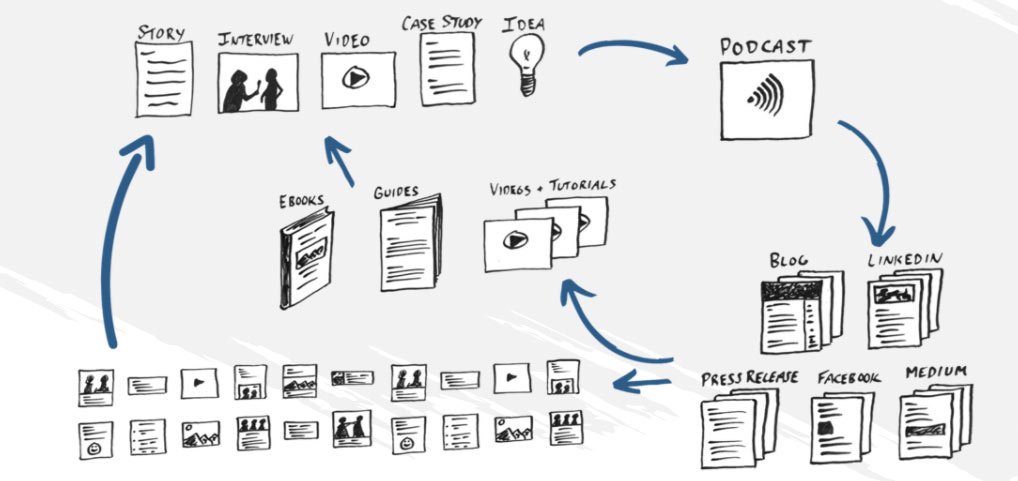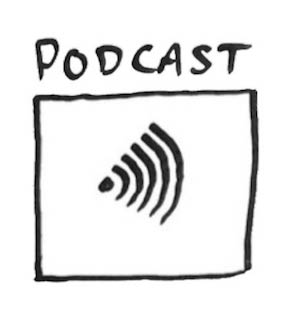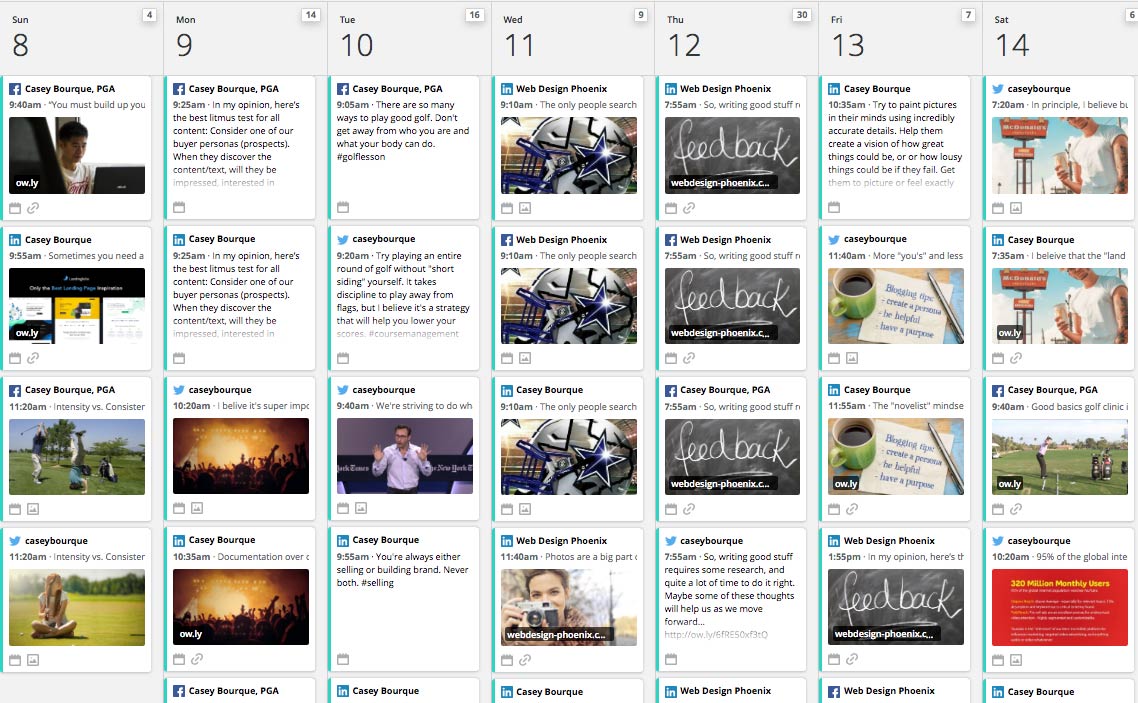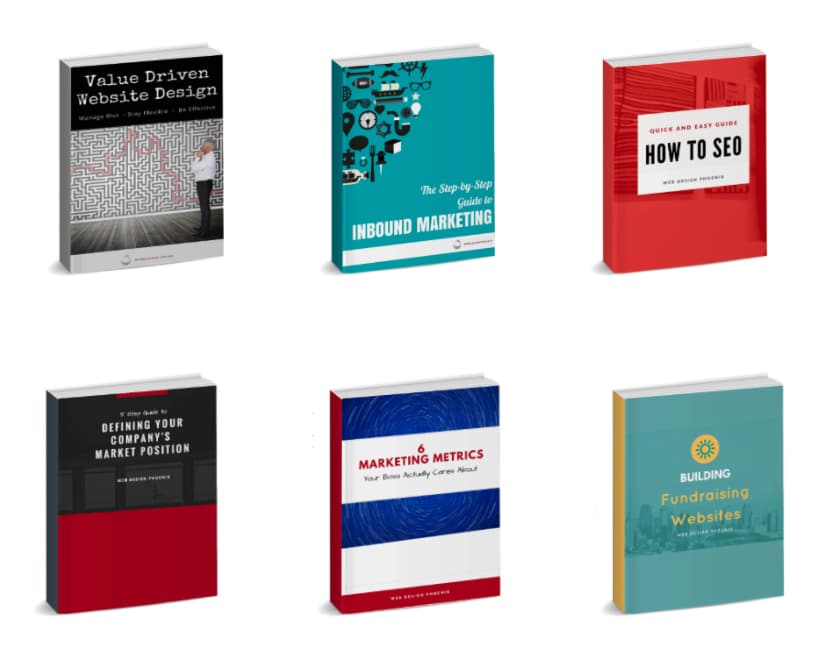Winning Attention: A Plan for Content Creation
We all know that businesses need to commit to creating quality, sharable and compelling content to attract and retain net new business…online and otherwise. Whether your marketing and advertising spend is measured in hundreds or millions, producing good stuff continuously very likely will mean the difference between winning and losing in the long term.
We strongly advise going all-in on helpful/informative/entertaining digital content not because it’s our business, but because that’s where the attention of your target audience is right now. It used to be the yellow pages, print ads, flyers…now it’s the internet.
Here’s a great 2 min video by Gary Vaynerchuk: The value of Attention in Business.
But how do we create and deploy great content at scale?
With limited time and resources, how do we know what to create? What platforms do we deploy our content on? How do we know it will work?
Here’s a basic model that most any organization should be able to roll out with just a little thought and some reasonable organization. Don’t worry, it’s not as nasty as it looks.
I’ll explain.
1. Originating New Ideas for Content
For our agency, and for our clients, new content ideas spawn out of real-world interactions and daily business life. Rather than trying to create some new idea or piece of advice, it’s MUCH easier to leverage what you’re already doing every day.
Maybe you solved a problem for one of your customers? Perhaps a new question presented some different thoughts or a unique situation that others could learn from. Maybe you wrote a lengthy email to a prospect or client to help them with a challenge they were facing.
All these things – your daily work – can be documented and transformed into killer content for your business.
2. Begin with Long Form Written Content
This could originate with a Podcast…
Audio is the fast growing form of content on the internet, and many believe that audio will replace text search in the next few years as companies compete for online attention.
A podcast episode is simple to execute. We discuss the situation, resolution, and tell stories that our audience will find helpful. The mission is to inform and/or entertain.
A podcast episode is only the beginning of the content creation process.
…or create a Blog Post
If you’re running a podcast, it’s pretty easy to transcribe the audio into text format.
Basically, what we’re doing is taking a long form audio piece and transforming it into a written article. It’ll take some editing, and adding in some visuals to sweeten it up.
Alternatively, research what your target audience is searching for online, what they’re talking about, or what they care about. Think about their questions, problems, challenges, goals, etc. Produce a targeted article about those topics. Be purely helpful – don’t try to sell your stuff.
When you’re done, you’ve got a written form blog post that lives on your website – great for SEO and bringing business in the door.
3. Position Long Form Content on Social Media and Other Channels
Now, bring your content to the places where your audience is consuming your stuff.
Currently, LinkedIn represents an incredible opportunity for organic reach with long-form content. Articles like the one you’re reading now help you get found in search results, and lead people to your profile and company pages.
Use the article you’ve just created and bring that content to places like LinkedIn, Facebook, Instagram Stories, Medium, and other sites where people tend to seek out more detailed information.
4. Promote and Add Context Through Social Media
Okay, now that you’ve got your podcast in place, your blog article, and some others sprinkled around on different social sites, it’s time to let people know about them.
I like Hootsuite for managing social media, but there are many different tools out there for scheduling posts.
Schedule several posts over the coming days/weeks (depending on the nature of your content) for your blog article. In each post, add some different commentary or “context” to the article.
Don’t just post the link and call it a day.
It’s also a good strategy to use some hashtags to push your stuff into circles and conversations where it may not otherwise appear. Tag people mentioned in your article or those you feel may be interested. Don’t over-do it.
5. Create and Distribute Micro-Content
Now it’s time to break apart your long-form article and create as many relevant short-form pieces of content as you can.
There may be sections that could stand alone in interesting ways, quotations, bullet lists, theories, opinions, facts, etc. worth sharing in short bursts. Again, this takes some time and understanding of the subject matter, but it’s also the only way to get maximum mileage out of the work you’re doing.
As you’re pulling pieces of content, keep in mind the social networks that you’re on and what the audience is expecting. Long-form text isn’t great on Twitter or Snapchat, but perfect for LinkedIn. Memes and short videos are great for Facebook and Instagram.
Remember to create content for the specific platform you’re on. It’s not a one-size-fits-all situation.
From a single article, you might be a able to pull out 4-5 posts on each of your social networks…or more. Depending on the nature of the content (evergreen vs. time sensitive) you may be able to schedule posts around each of these micro pieces of content over the coming weeks or months – each with slightly different context of course.
No copy-and-pasting guys.
There are 3 main types of social posts you should be rolling out. I recommend about 1/3 of each is a great mix.
- Backlinking – This is the most common, because it’s the easiest as well as the most self-serving! Here’s where you post a link to your blog post and ask people to click back to your website. If you’re doing it right, each of these posts will carry a unique piece of context “introducing” the topic. Consider your target audiences and what their problems, questions, triggers might be. Appeal to them enough with a sentence or two, and you’ve got yourself a website visitor. Be careful about overusing this one…not everyone wants to leave their Facebook feed mid-scroll.
- Stand-Alone Snippets – Here’s where you pluck the great stuff out of your article. This is content that can stand on it’s own – consumable right within the platform you’re posting on. Be aware of character limits, but these kinds of posts can be a bit longer and/or have unique visuals alongside. This time, you’re not asking your audience to leave the safe haven of the social platform they’re on, yet you’re giving them some value. Snippets are usually inspiring or helpful quotations, thoughtful insights, tips, recommendations, etc. Grab a great paragraph from your content and add a sentence or two of context and you’re good to go. Sometimes infographics or short video clips are awesome stand-alone content.
- Curated Content – This is the biggest “give” of all. The content you’re sharing has nothing to do with your organization, or your best interests. It’s all about finding things that your audience will deem beneficial. The end. No strings attached. No calls to action. Don’t spoil the gift with a sales pitch. Sprinkling in curated content from reliable sources makes your organization an authority in the space, a hub of helpful info, and even more trustworthy when some of your more “self-serving” posts roll around later on.
At the end of the day, you’re either selling or building brand – never both. All of your posts are either “asking” for something, or “giving” something to your audience. Be aware of that mixture. Too much selling and you trash your audience’s trust. All giving means that you might be wasting your time and never seeing a “payoff”.
Every business, and every audience is unique. You know yours best…act accordingly :)
6. Engage!
Here’s one of the most important parts – often the most likely to be neglected, but also can be the most fun.
Respond to EVERY single comment that you receive. All of them.
Expressing gratitude is always well-received. No sales pitches guys. Thank them for reading, taking the time, posting, or sharing. It goes a long way toward building trust and growing an audience.
A more selfish reason to engage with your audience is to learn. You’ll figure out what kinds of content your audience tends to like the most, what brings the most impact, and what drives engagement. This is the best way to drive future decisions about creating new content.
Basically, do more of what resonates, less of what doesn’t.
Re-post and repurpose your best stuff. Use your content to build premium content offers like ebooks or video series which can be used for lead generation on your website and in your sales processes.
7. Compile Your Best Stuff into Valuable Pieces of Content
Ebooks, white papers, videos and other valuable pieces of content can be used for lead generation and also in the field during your sales process.
It’s a wonderful thing to have a professional grade piece of material ready to send to someone expressing interest in certain topics.
As for lead generation, here’s a related article that digs deeper into creating pathways for strangers visiting your website to identify themselves. Gone are the days of targeted prospects simply making a phone call or filling out a contact form. We know that power has shifted and people do a lot more online research before they initiate contact or risk surrendering contact information.
Here are few of our premium content offers:
8. Ask in Proportion
Nobody likes to listen to sales pitches. Nobody really cares about your “outstanding customer services” or your “20 years of industry-leading experience”. Deliver content that your audience will value – helpful, informative, entertaining stuff.
If you’re truly bringing value, then every once in a while you earn the right to ask them to buy your stuff – but use it wisely.
If you’re producing adequate quantities of helpful stuff, then a ratio of at least 5 helpful pieces for every “ask” is probably appropriate. If you bombard them with sales pitches, you’ll lose them. Of course, if you never ask them to buy, then you’re wasting your time. This is the art of marketing.
The Take-Away
For those who are operating in B2B, and “considered buying processes” (longer term decisions), you need to stay top of mind over a long period of time. Unless you’re producing great content continuously, and bringing it to locations and formats your audience prefers, you’re probably going to lose out.
Here are a few last thoughts:
- Each long-form podcast or article can churn out more than 10-15 individual pieces of content and perhaps 30-50 social media posts over weeks and months.
- Be Empathetic – Bring value to your audience to win trust and loyalty. Forget the sales pitches…or at least make your “asks” in proper proportions.
- Don’t Disguise – When you’re bringing value, bring it. Don’t sneak in a sales pitch. When you’re asking your audience to act, ask them clearly and directly. Don’t try to do both…when you give, give. When you ask, ask.
- Consider Reverse Engineering – Think about the premium content offers that would be most useful to your prospects and customers at each stage of their buyer’s journey. Now make a plan for producing long-form audio and written content for each portion of those content offers – compile them into an ebook and you’re there.
- This piece was inspired by Gary Vaynerchuk’s Content Model…check it out for an even more ambitious content creation “machine”.
Cheers!











